Greening Your Child's Closet: A Guide to Building an Eco-Chic Wardrobe for Your Little One

We want the best for our children, from food to clothes. But in a world where fast fashion is the norm, knowing how to dress our kids stylishly and sustainably can be challenging.
This blog will dive into the importance of building an ethical and eco-friendly wardrobe for your child and explore ways to make sustainable Style accessible, affordable, and fun for the whole family.
The Effect of Quick Fashion
- Quick fashion describes the mass production of inexpensive clothing made to be worn only a few times before being discarded.
- This practice significantly impacts the environment, including using non-renewable resources, water pollution, and releasing toxic chemicals into the air and water.
- It's not just the environment that suffers from the fast fashion industry.
- The workers who produce these clothes often work in unsafe and unhealthy conditions and receive low wages. So, by quickly dressing our kids, we're harming the planet and supporting a system that exploits vulnerable populations.
The Benefits of Sustainable Style
- Sustainable Style, on the other hand, is all about creating an ethical and eco-friendly wardrobe.
- We can positively impact the world by choosing clothes made from natural, renewable materials and supporting brands that prioritize social and environmental responsibility.
- In addition to making a difference, dressing your child in a sustainable style also benefits their health.
- Natural fibres like organic cotton, linen, and bamboo are gentle on their skin and free from harmful chemicals, making them a safer choice for your little one.
How to Build an Ethical and Eco-Friendly Wardrobe for Your Child
Building an ethical and eco-friendly wardrobe for your child can seem daunting, but it doesn't have to be. We start off with a few tips:
- Shop Secondhand: Shopping secondhand is an excellent way to find gently used clothing and reduce waste. Check out consignment stores, thrift shops, and online secondhand marketplaces for gently used items.
- Invest in High-Quality Pieces: Investing in high-quality pieces will reduce the waste you create and save money in the long run. Look for clothes made from natural materials and avoid synthetic fibres, like polyester, that are difficult to recycle.
- Support Sustainable Brands: Look for brands that prioritize sustainability, and make it their mission to reduce their environmental impact. When shopping for clothes, consider the entire supply chain, from the materials used to how the workers are treated.
- Teach Your Children About Sustainability: Involve your children in building a sustainable wardrobe. Teach them about the importance of choosing clothes that are good for the environment, and encourage them to take an active role in making conscious clothing choices.
Sustainable Style is about making conscious choices and finding ways to reduce our environmental impact. Building an ethical and eco-friendly wardrobe for your child will make a difference in the world and set a positive example for the next generation.



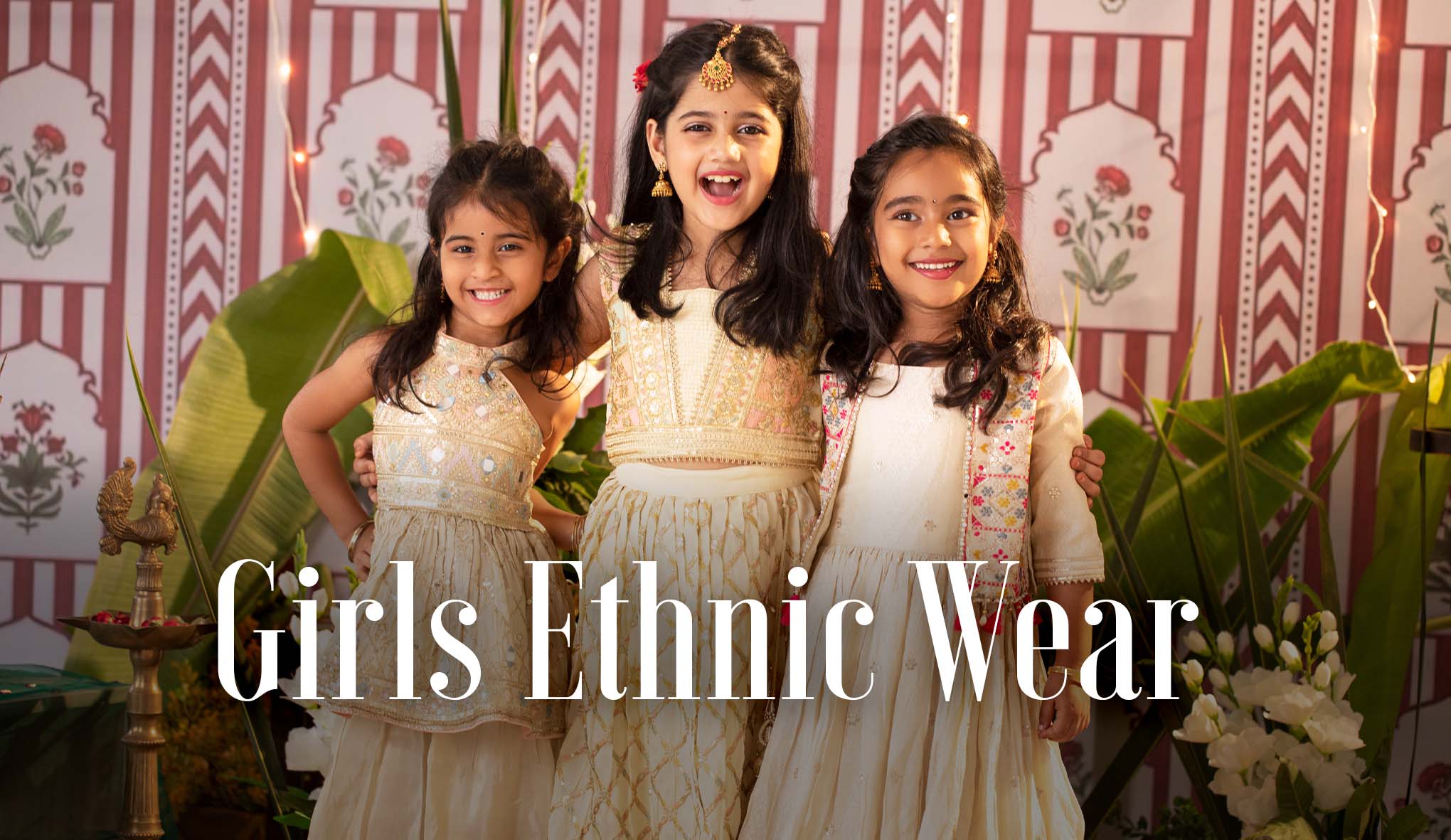
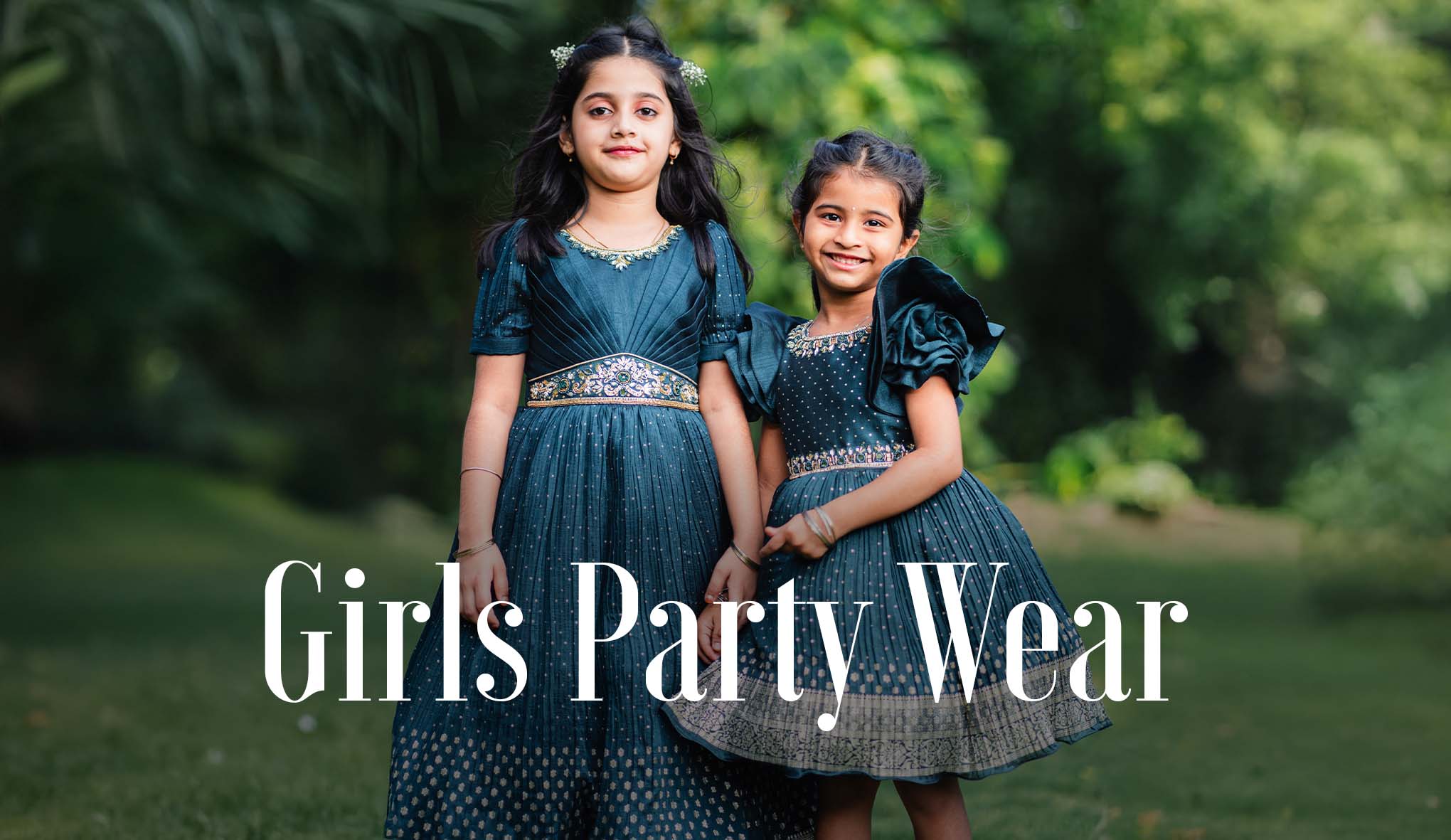
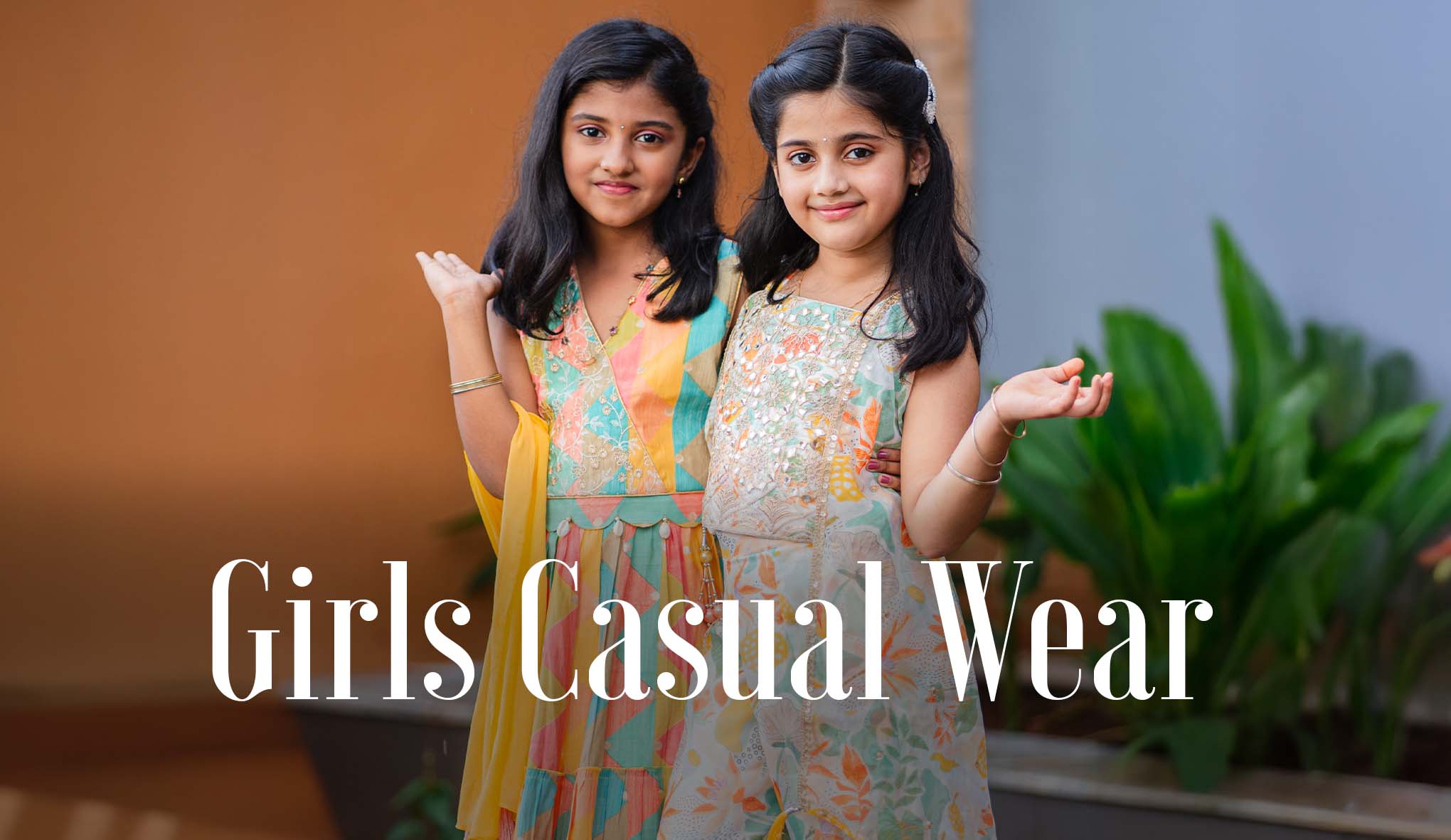

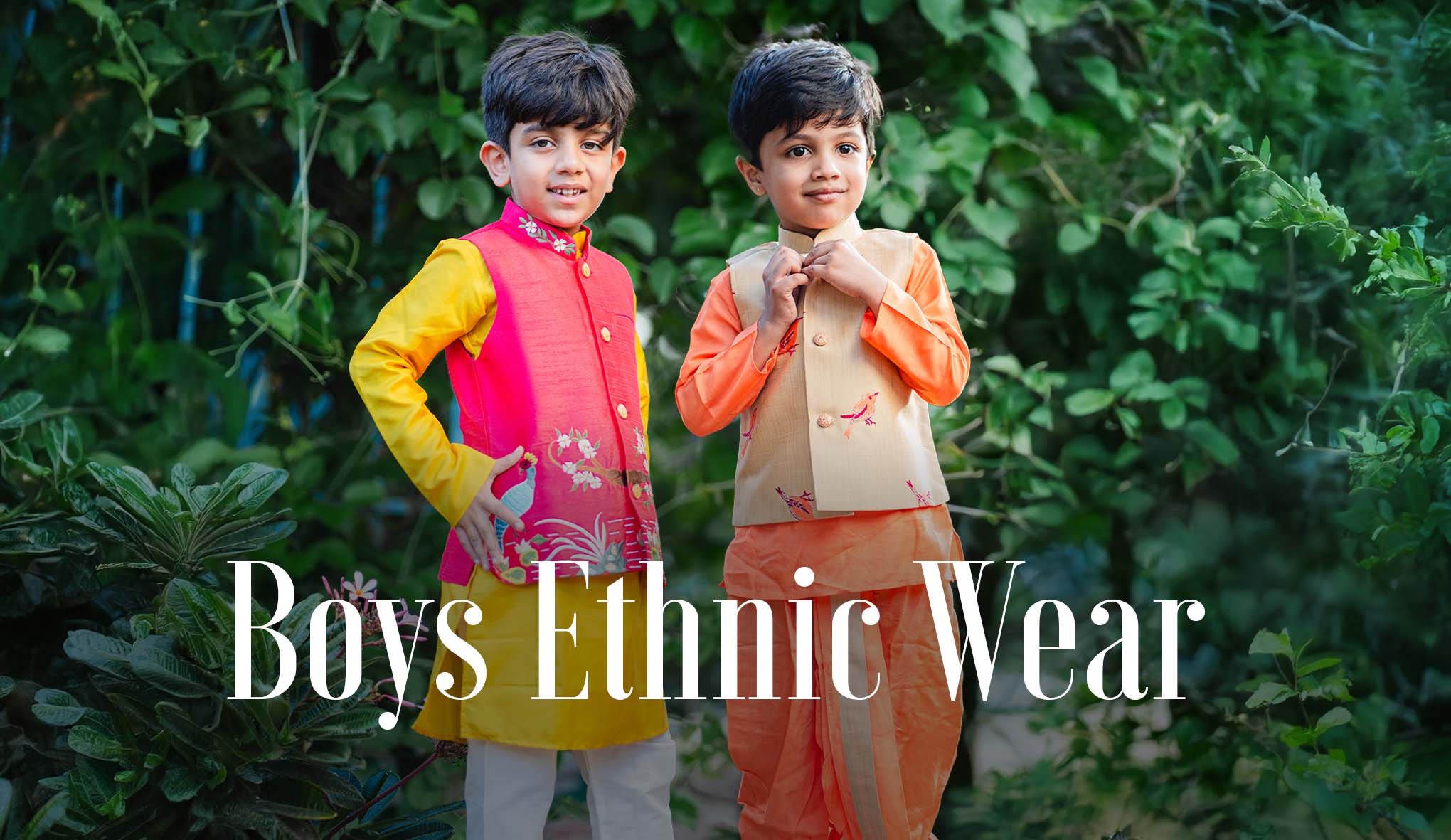
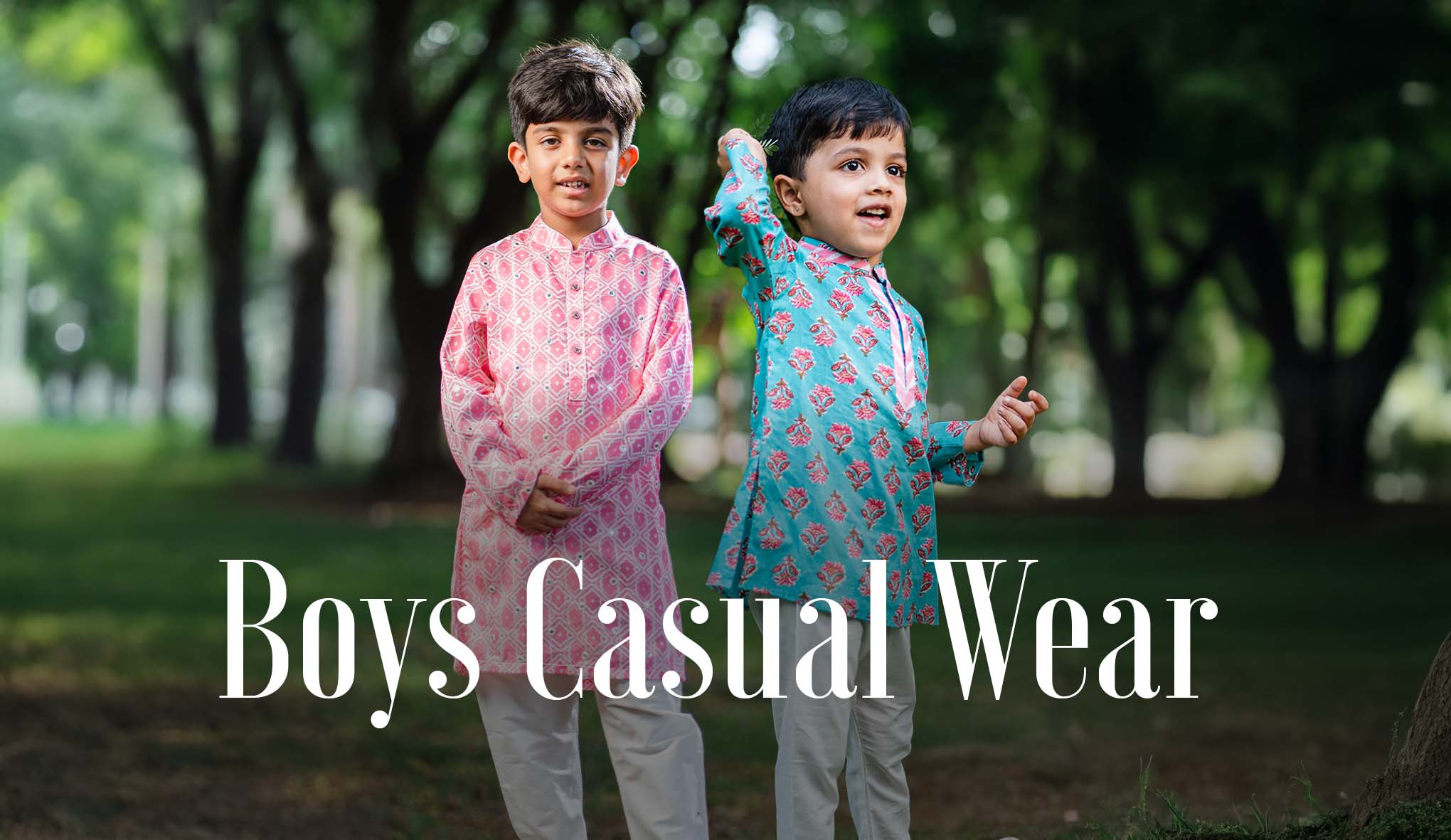

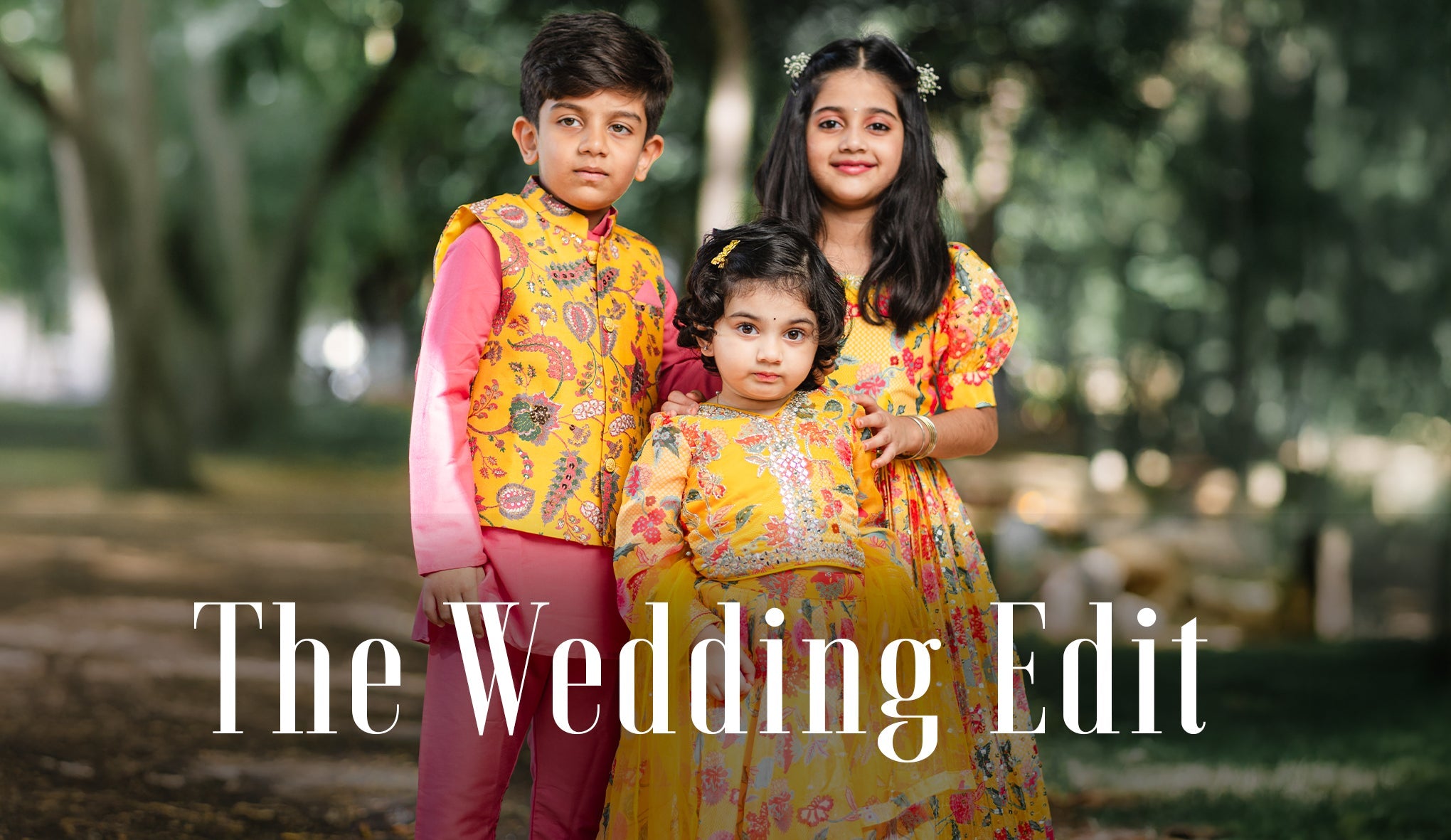


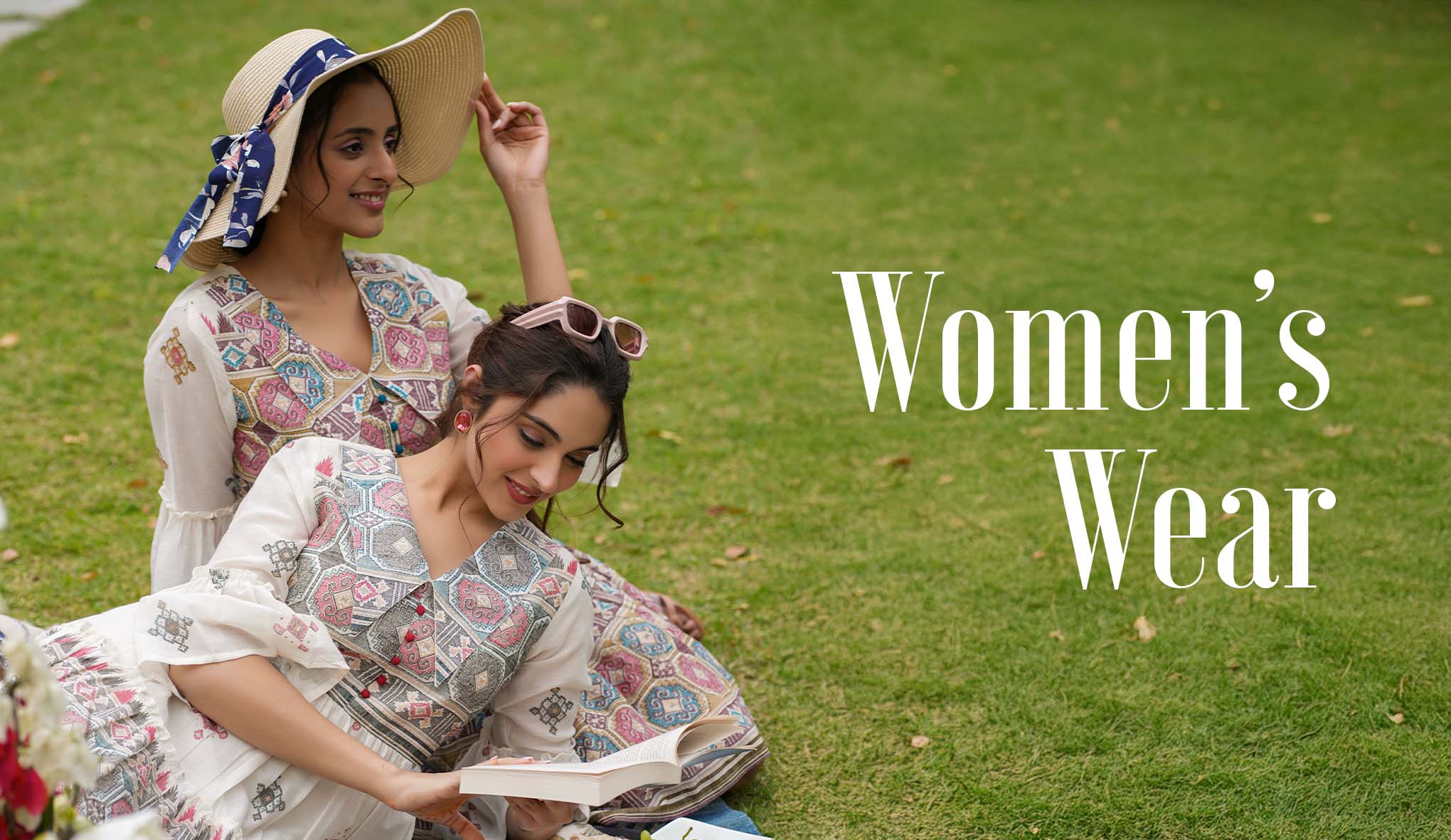
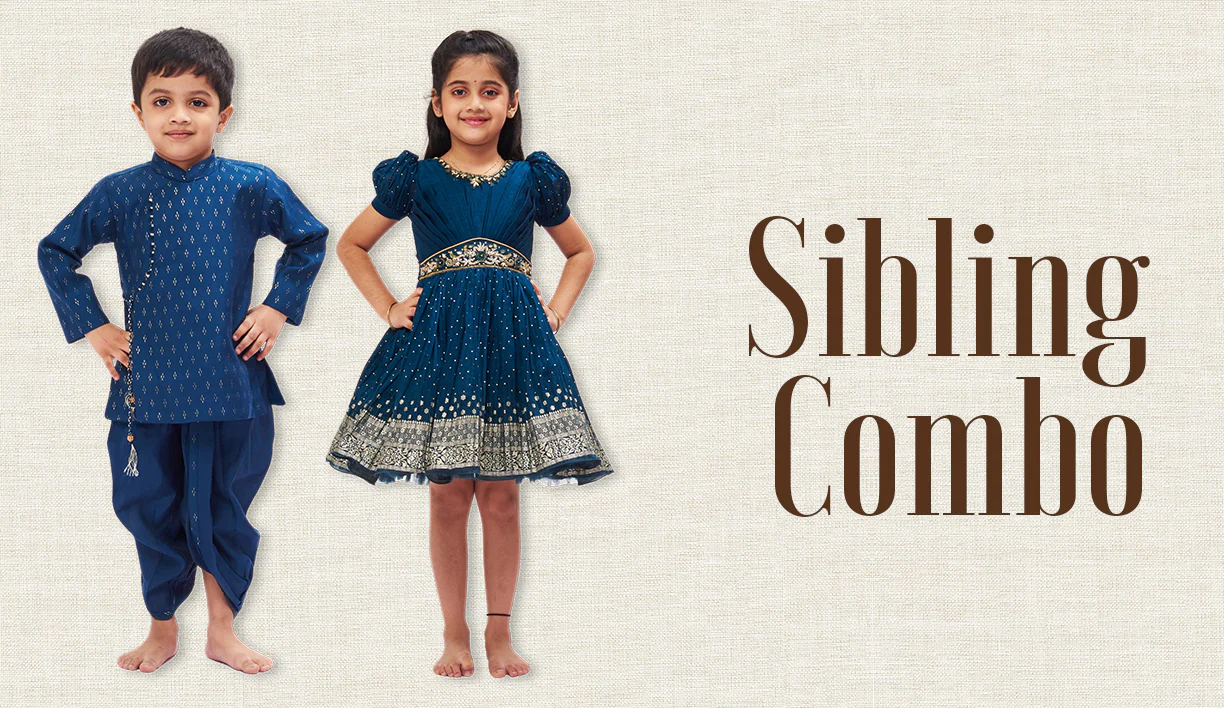
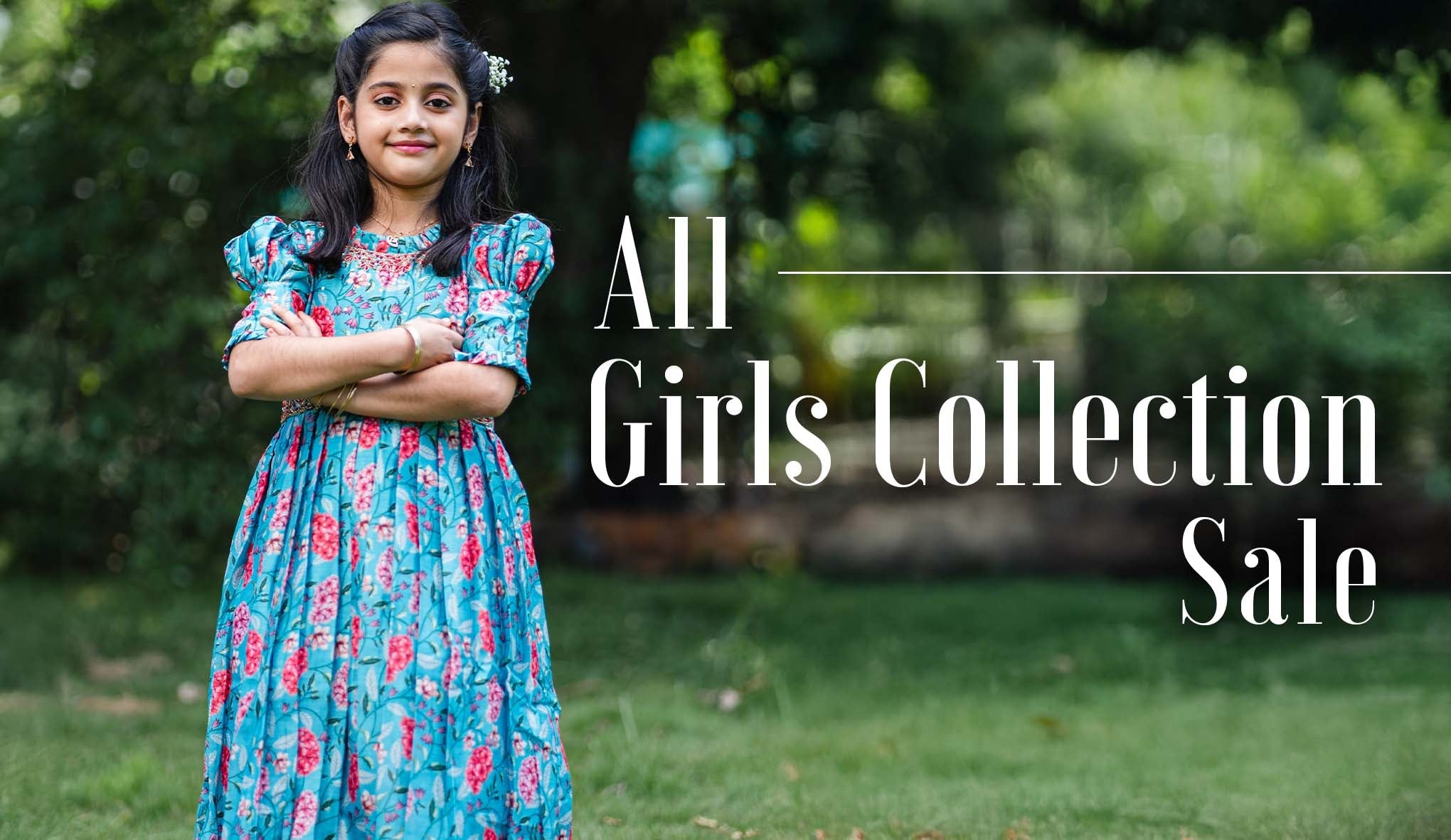

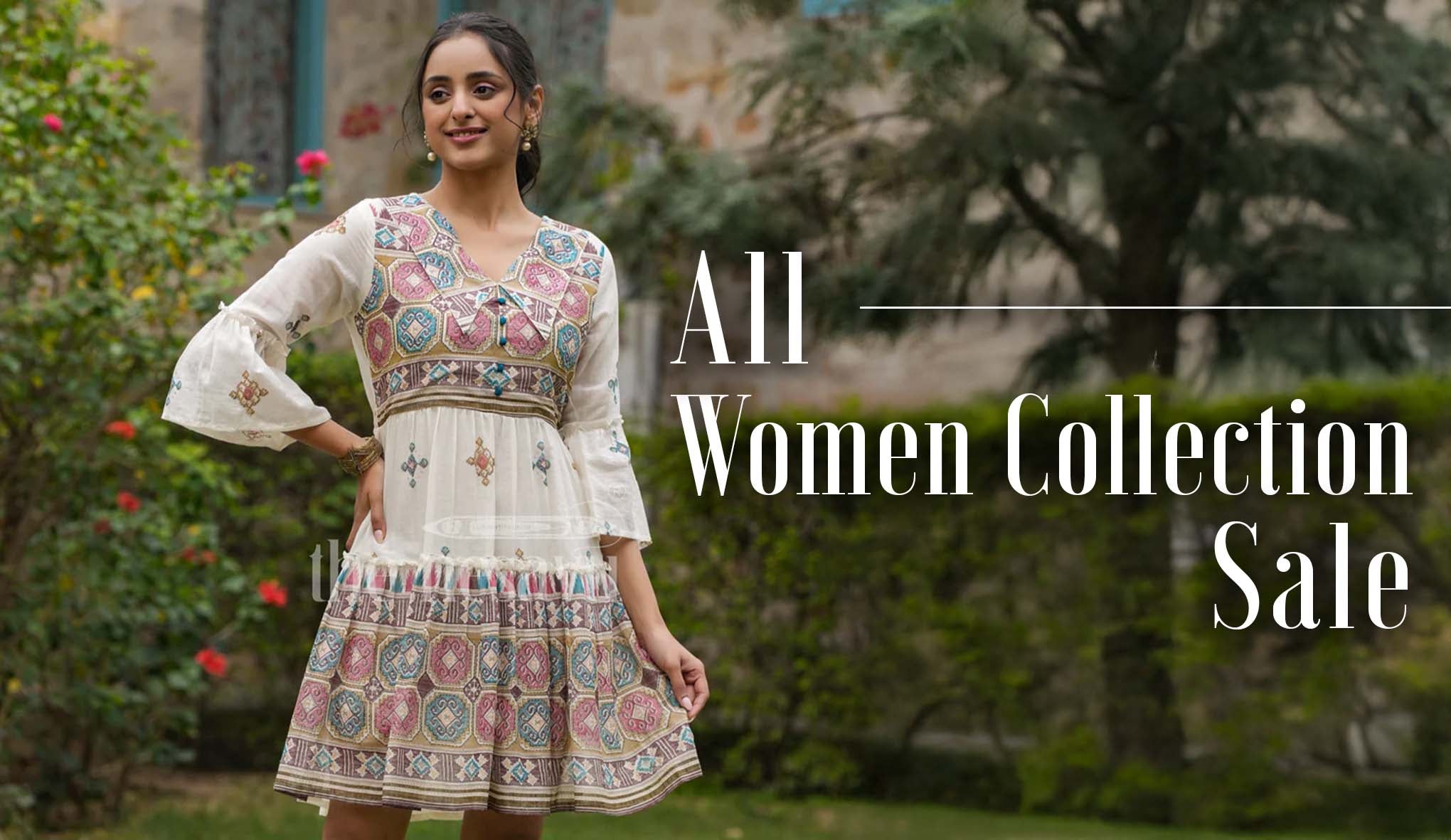
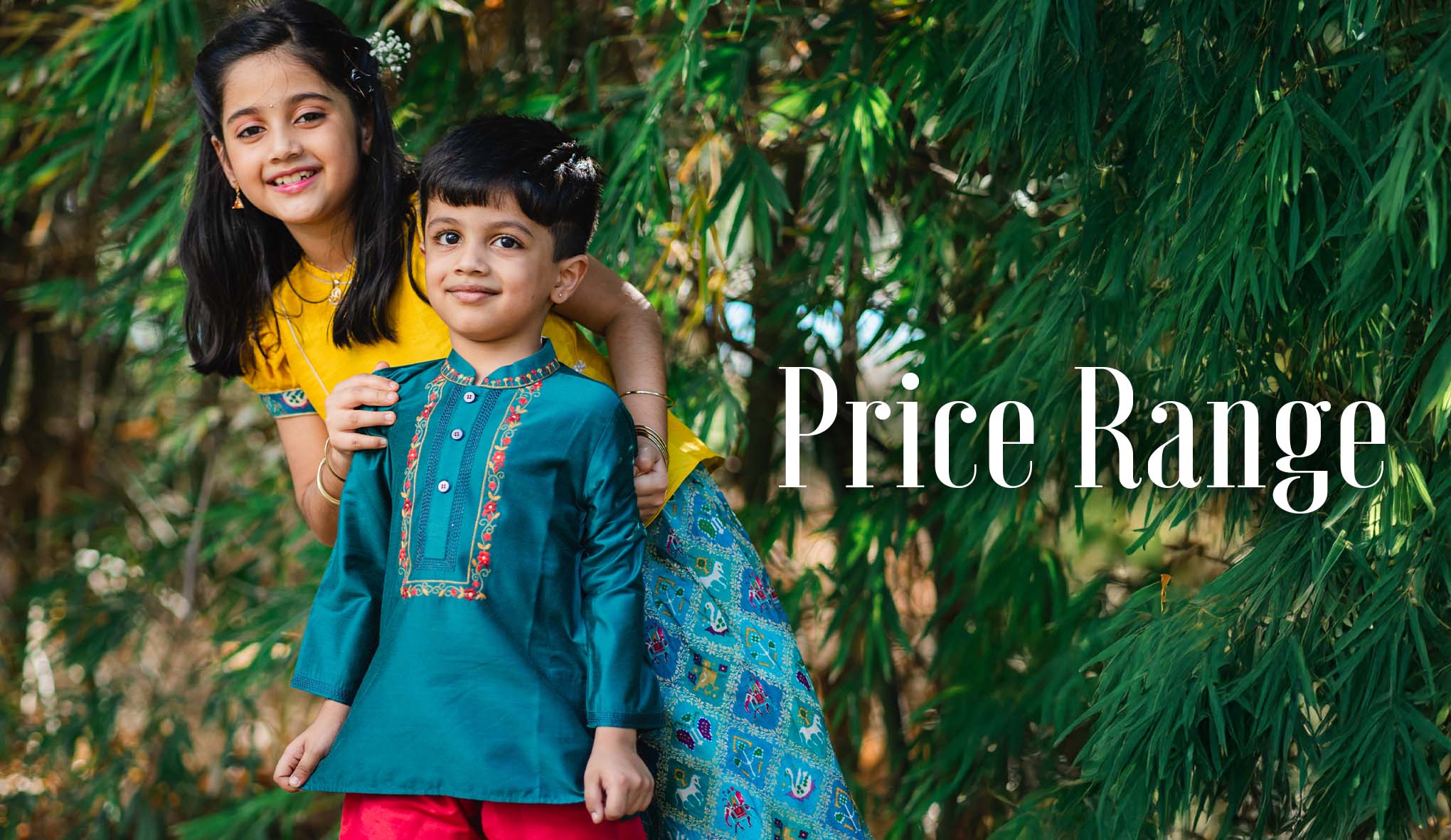

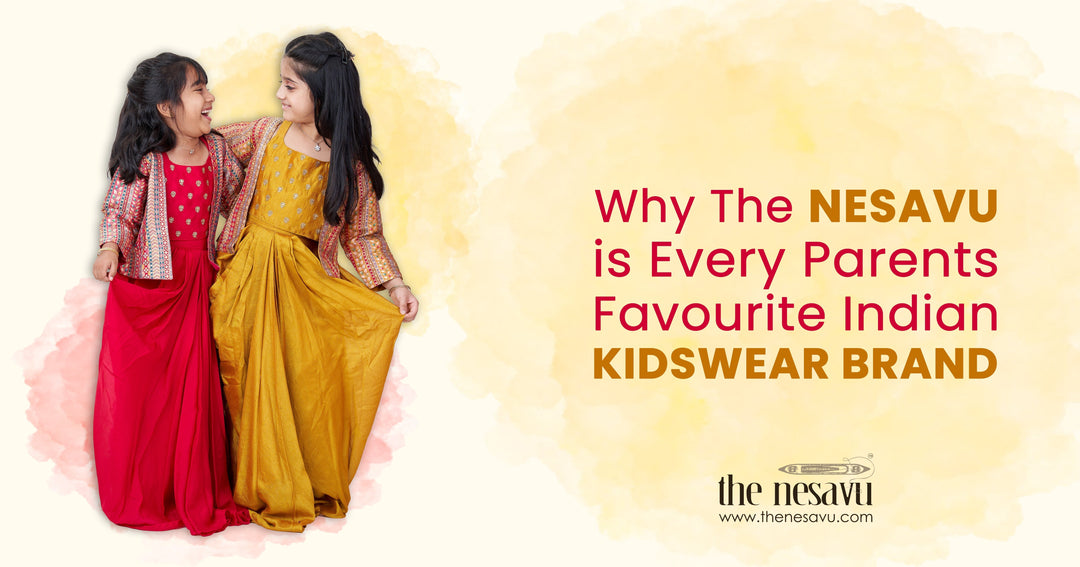


Leave a comment